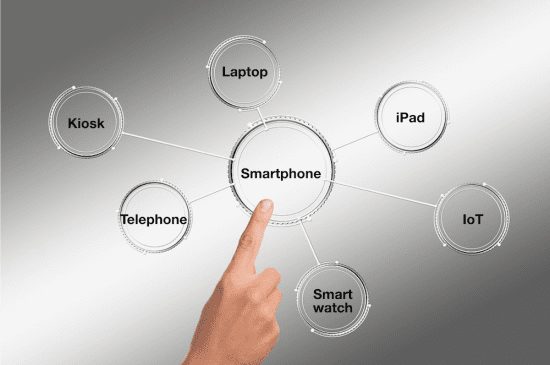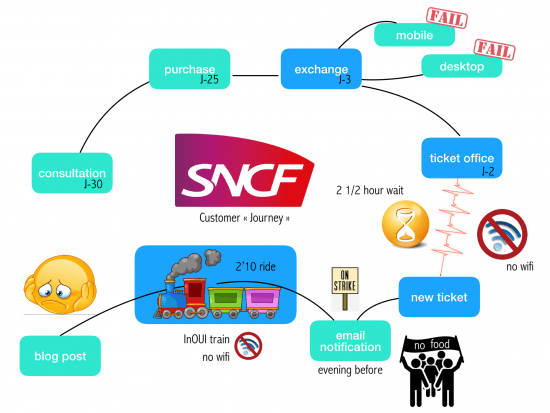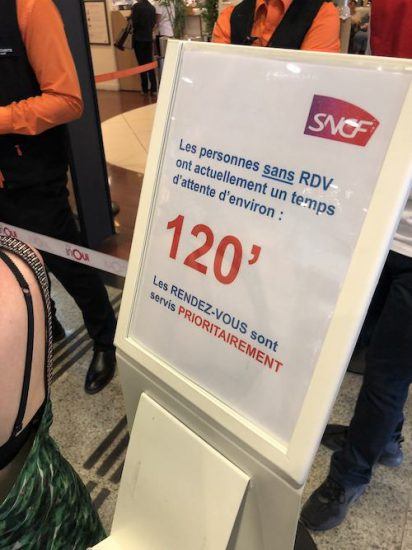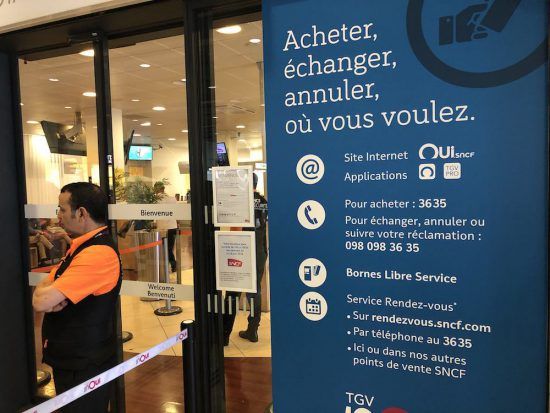As we go through our days, more and more of our lives is moving onto a digital device or platform. Like the frog in the warming water, we are slowly and inexorably getting sucked into this new world. What we thought might have been Double Dutch to us ten years ago has become second nature. For example: knowing how to take a selfie with a timer, or swiping from the lock screen to open an app. Facial, fingerprint and vocal recognition are daily activities with iPhones (Siri), Alexa or Android. You might think that those who are born after 2000 and have only known this world will swim like a fish (or tadpole) in water. But that will not always be the case. That is because the people who are managing the back office, writing and controlling privacy terms, or conjuring up the fabled customer experience are far from being in touch with these younger generations. As such, these younger generations will likely suffer many issues and be equally, if not more, frustrated by UX failures, incompatible devices and/or data breaches. They’ll surely bring with them a wave of change as they enter the workforce.
Omnichucking Channel

Among the biggest malfunctions that individuals are experiencing when dealing with companies is the breakdown and non-fluidity between touch points. Many large companies continue to be run by individuals who are far away from the legitimate customer experience, unencumbered by the plebeian life. Senior management typically never gets near walking in the customers’ shoes. For example, in France (and UK), I’m mortified to think that both the SNCF and Eurostar think that they are “offering wifi” when it only works in the spottiest of manners, and that’s providing the passenger load is 1/4 of capacity. If the CEO of the train service were to use the wifi him or herself, he’d discover the travesty of the offering. But, probably he only bothers to use his 4G mobile data (as most of us are forced to do) and so has never tasted the pitiful service he is supposedly offering.
Digital Malformation
Keeping with the SNCF theme, I had an experience recently that shows just how far companies need to go to embrace the all-over, all-the-time, any device (aka omni-channel) experience of the customer. I pick on SNCF, but these examples occur all the time. Management continues to lag in its understanding of the digital experience. I like to call it the digital malformation. Here’s the key consideration: assuming there is a choice, the younger consumer will definitely vote with her feet (and wallet) and shout with a socially enhanced megaphone. In the case of the SNCF, it’s a monopoly and doesn’t yet have the incentive to get things right. Digital transformation is a messy process, but it starts with a concerted effort to make customer satisfaction a central preoccupation.
Setting the Stage

I was recently invited to speak at an event in Bordeaux about the future of Fine Wine. It’s a speedy 2h10 trip when all goes well on the train à grande vitesse (TGV). The train service is now called InOUI, which means “unheard of”… with a play on the word yes (“oui”). They tout with InOui, “It’s all new, all for you.” The word is presented in the logo as a subtle upside-down palindrome. [Think: smart agency!] Promise made! But promise held?
Things were looking fine except, with a last minute change of plan, I wanted to exchange my ticket for an earlier train. When I went to swap in the exchangeable ticket on my mobile, the app didn’t accept my credit card to pay for a small fare upgrade. Fail. When I got home, I jumped onto the desktop to make the change. Calamity struck: the existing ticket was cancelled and I wasn’t able to pay the fare difference for the new ticket. But confusion followed. The automated messages I received were entirely contradictory. One message said that the old ticket was refunded, a second message said that the new ticket was successfully issued, and a third (and final) message said that an error had occurred. What happened after all? Total malfunction. I was mightily worried my ticket had been vaporized.
Below is the specific customer “journey.” The consultation started online a month before… and in the 3 days prior (starting at “exchange”) involved a series of on- and offline interactions. The offline moments are marked in blue. The online points of contacts are marked in aqua green.

Moving to the last resort

When I tried to do an online chat with an agent, no live operator was available (we were just getting into the massive holiday season in France). I was only given the option of a rather confusing FAQ that didn’t resolve my specific question. The only option left was to head to the nearest ticketing booth which was a 15-minute walk away. The kiosks in the station indicated that I had to go to the ticketing agent. What awaited me was a queue of well over two hours.

The panel that greeted us suggested that we could use any number of ways to deal with our purchase, exchange or cancellation. Of course, that is in theory. That’s what the folks in the ivory towers believe (and advertise). For those of us who waited 2+ hours to deal with a ticketing agent, the panel stood of a sour reminder of the poor omnichannel experience.
This is a perfect case for exposing how managers in the head office need to get out and truly live the customer experience as an anonymous person. If they did, they’d think twice of advertising false promises and creating a miserable customer experience.










